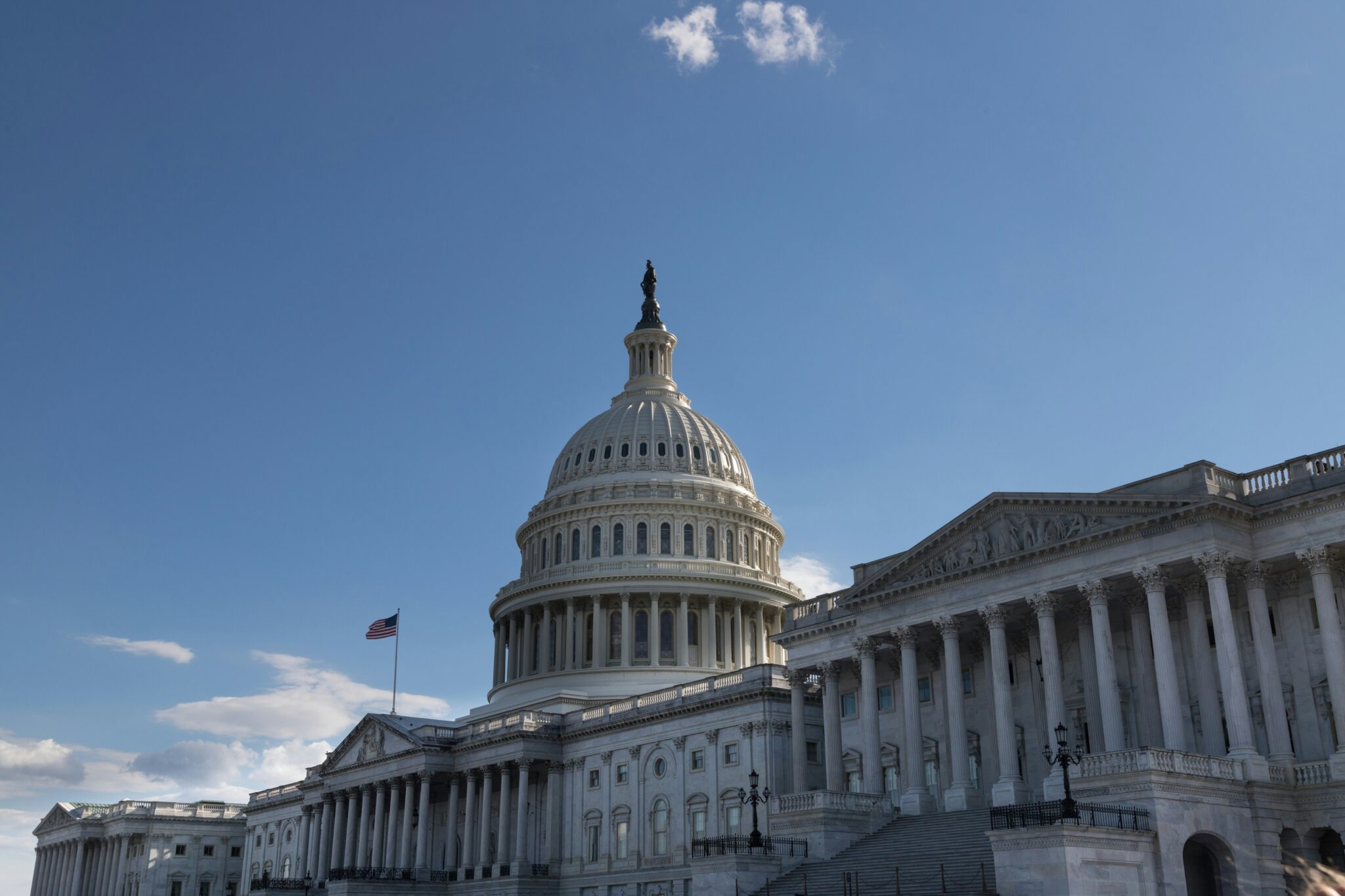The proposed Tax Cut and Jobs Act of 2017 would reduce U.S. federal tax revenue by roughly $1.5 trillion over 10 years (2018 to 2027).
If enacted, it would indeed be one of largest tax cuts in U.S. history. What are the pieces of this massive puzzle?
There are currently two proposals, one in the House and one in the Senate. Most observers think the final law will be closer to the Senate version than the House version, but everything remains in flux. The budget reconciliation process being used to pass this legislation allows for $1.5 trillion in tax reductions.
The most recent Senate version (Senate Finance Committee, November 16) that has been scored by the Joint Committee on Taxation (JCT, the official scorekeeper for tax legislation) would reduce revenues by “only” $1.41 trillion over 10 years (the House version $1.44 trillion). But everyone assumes that the final bill, if enacted, would increase the ten-year deficit by the $1.5 trillion limit agreed to under budget reconciliation. As negotiations continue, the cost of the bill will almost certainly increase further.
The following table presents the big picture:
| TAX PROVISIONS | $ BILLIONS | |
| Senate | House | |
| Tax Reform for Individuals | (886.4) | (963.7) |
| Business Tax Reform | (682.4) | (754.2) |
| International Tax Reform | 154.6 | 278.4 |
| Exempt Organizations | N/A | 2.7 |
| Total | (1,414.2) | (1,436.8) |
In both versions, international tax reforms generate some net tax increases, which allow larger tax cuts for individuals and businesses within the $1.5 trillion limit. The tax cuts for businesses are also larger than these official scores suggest, because a big piece of the Tax Reform for Individuals (in the above table) are for pass-through business entities, which is business income taxed on individual returns (not corporate returns). If the pass-through tax cut were classified in the table under Business Tax Reform, the table would show that the proposal reduces business taxes much more than individual taxes.
The big-ticket personal income tax items in the Senate plan are:
- Changes to rates and brackets (-$1,174 billion)
- Increase in the standard deduction (-$737 billion)
- Lower taxes for pass-through (business) income (-$362 billion)
- Expanded Child Care Credit (-$584 billion)
- Repeal of the personal alternative minimum tax (-$769 billion)
- Elimination of personal exemptions (+$1,221 billion)
- Elimination of itemized deduction for state and local taxes, home equity loans, and some other items (+978 billion)
- Reduction of ACA Individual Shared Responsibility Payment Amount to zero, effectively eliminating the mandatory purchase requirement (+318 billion)
Senate tax writers used a gimmick to mask the cost of the personal income tax cuts; these tax cuts sunset after 2025. This cynical ploy enables lawmakers to make bigger tax cuts elsewhere while appearing to remain within the $1.5 trillion limit. No one believes that Congress will allow these tax cuts to expire. In fact, powerful figures such as Senate Finance Committee Chairman, Orrin Hatch (R-UT) and the Council of Economic Advisors Chairman, Kevin Hassett have said as much publicly. Faced with tax increases on individuals, a future Congress will maintain most or all of them. This is what happened when the tax cuts from the early 2000s were set to expire. Thus, the actual cost of the individual tax cuts in the Act would actually be larger than the official estimates.
The big-ticket business tax items in the Senate plan are to:
- Reduce the corporate tax rate to 20 percent (-$1,329 billion),
- Limit the deduction for interest expense (+$308 billion), and
- Modification of the net operating loss deduction (+$158 billion).
The big-ticket international tax items in the Senate plan are:
- A shift from worldwide taxation to territorial taxation (-$216 billion)
- Transition rules for repatriation of foreign income when shifting to territorial taxation (+$185 billion)
- Base erosion and anti-abuse rules (+$138 billion)
- Treatment of global intangible income (+135 billion)
Since the legislation does not reduce government spending, and there is no corresponding proposal to do so, all these net revenue reductions would result in more government debt. In other words, the current proposal is a deficit-financed tax cut. Total government debt (or the national debt) currently stands at $20.3 trillion.
It is projected to increase by roughly 50 percent over the next ten years, to $30.0 trillion. The absolute value of the debt can be hard to fathom. What’s important is that the current debt is 106 percent of the nation’s annual gross domestic product (GDP). The debt in 2027 will be the same in relative terms (107 percent of GDP). This level of debt is unsustainable.
The only other time when the national debt has been this high (relative to the economy) was during and immediately following World War II. Adding an additional $1.5 trillion to the national debt through the Tax Cut and Jobs Act of 2017 would make a very bad situation even worse. The proposed tax cut would increase the national debt to 113 percent of GDP.
Proponents of the proposed Tax Cut and Jobs Act argue that it would spur such rapid economic growth it both increase government revenues and shrink the deficit. Economists agree that a tax cut of this size would increase economic growth, but the vast majority of economists do not believe these tax cuts will pay for themselves. The Joint Committee on Taxation’s “dynamic” macroeconomic analysis, which accounts for growth, projects a more than $1 trillion increase in the deficit.










